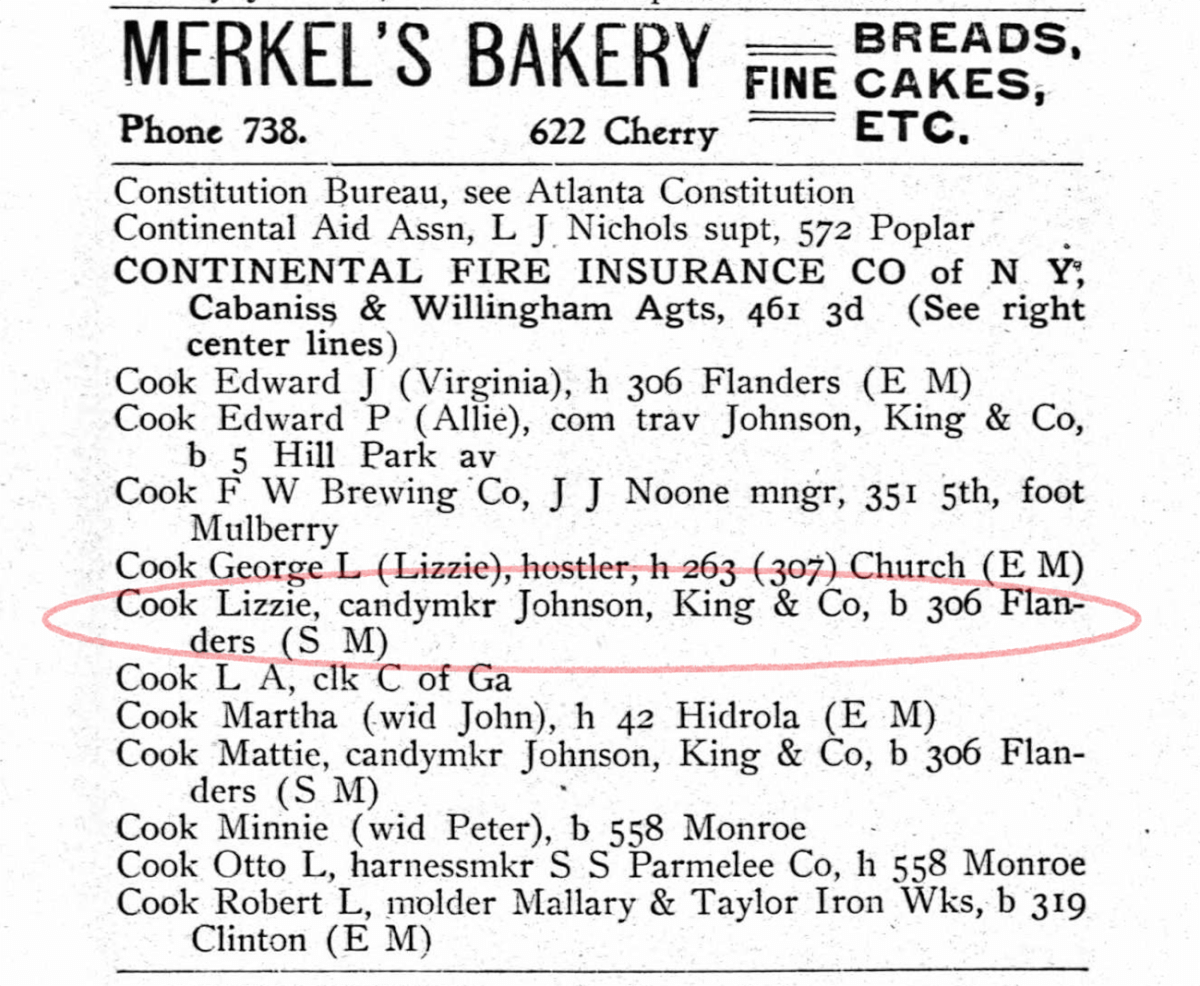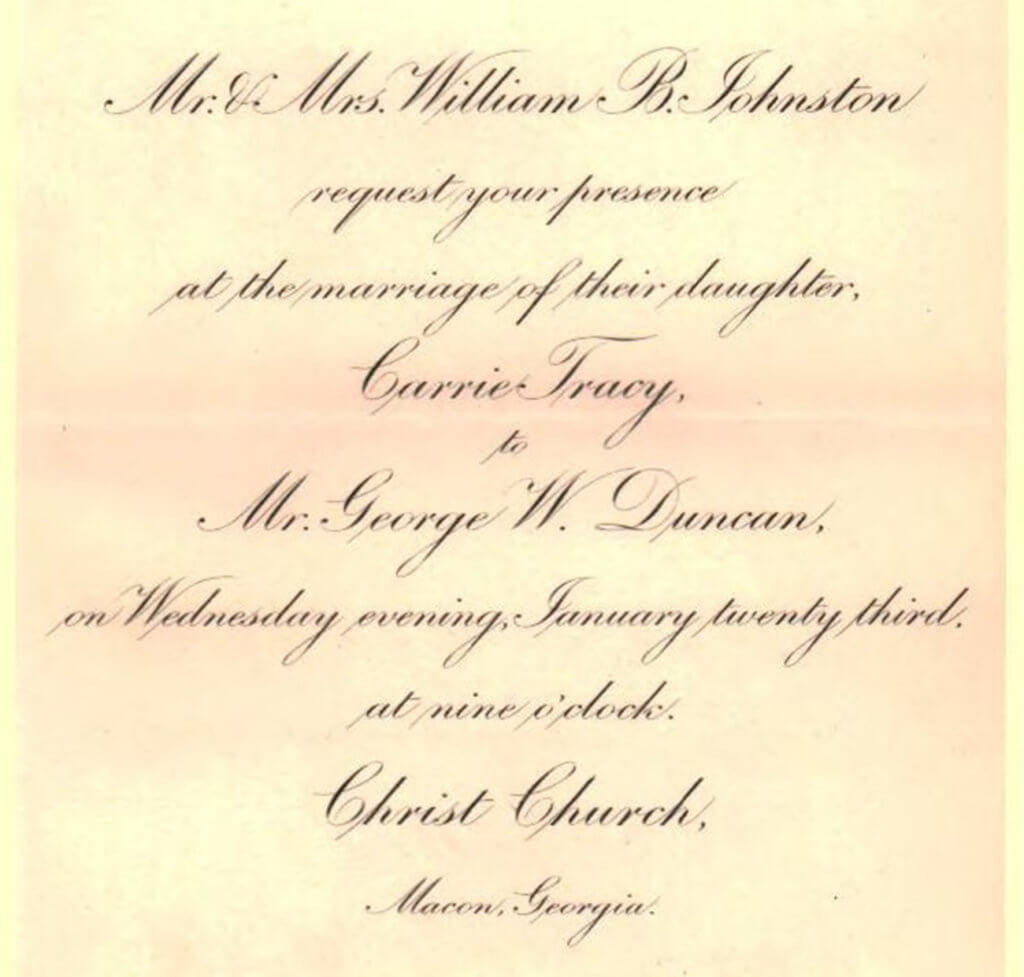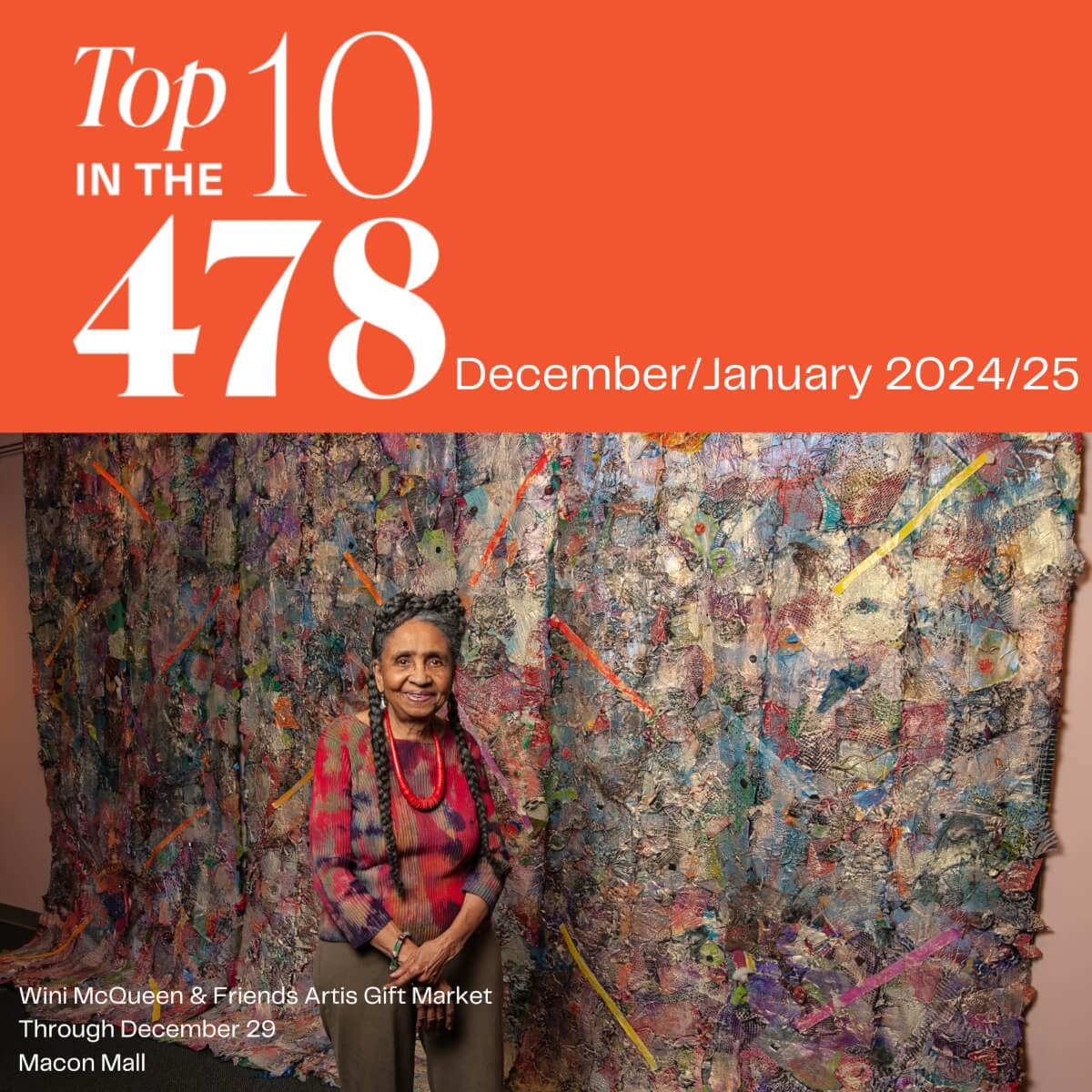
Hay Lore
An ongoing series about Hay House lore, traditions and history
By William Aultman, Hay House director of collections and programs
Service on a grand scale
In 19th century Macon, an invitation to
dinner at the Johnston-Felton Hay House was akin to walking a red carpet. Lavish
and brilliantly orchestrated, these social gatherings were attended by prominent socialites and publicized in print.
Behind the scenes, however, a
staff of servants and cooks was running
the show. Little is known about the lives of these servants and their roles within the household. Never meant to be seen or heard, many of their histories were
unrecorded. The evidence that remains suggests that the Johnston-Felton family and their staff possessed a level
of household management that rivaled to similar estates in New York and Chicago.
The Johnston-Felton Hay House was built for entertainment on a grand scale. William and Anne Johnston’s social gatherings were vigorous affairs for their staff and enchanting social functions for their guests. These events included dances, dinner parties, weddings, masquerade balls and card parties.
Elaborately planned, the intent of these gatherings was to express high social status within the community through dance, expanded meals and intriguing conversation. As documented in a Macon Telegraph article dated December 1926, “There are twenty-four rooms in the residence, many of them large enough for the holding of any social function, and it is in this home that many of the famous social functions of years gone by have been held.”

One of these festive occasions was described by an unknown author in a Johnston family letter dated Dec. 3, 1877: “We had quite a jolly time … a great many people were present. … They danced until half past eleven, and then went into a very handsome supper, composed of oysters, chicken salad, salmon salad, grated ham tongue, turkey, and so many other nice things. Don’t it make your mouth water to think about it?”
While grated ham tongue does not make my mouth water, it draws into question, who prepared it? What role did servants play in these extravagant affairs?
The relationship between the Johnston-Felton family and their servants will likely remain unknown, but we can surmise that the Johnston-Felton family and their staff possessed a high level of household management.
This is evident in a party recorded by Dolly Blunt Lamar: “I was bidden to a ball at the W.B. Johnston house. … The Johnstons always entertained lavishly and impeccably and above all systematically – the music, the dances, the refreshments at the close of the party were so scheduled that each item rolled off like clockwork. Everything was just so: if one dropped a crumb, a butler would appear at one’s elbow to sweep it up immediately.”

A party hosted in such a systematic manner suggests that Mr. and Mrs. Johnston employed a well-trained and professional staff of butlers. The task of the cook, however, was the most labor–intensive.
In 19th century kitchens, cooks never prepared food for dinner until the hour it was needed. This was no easy accomplishment, as a formal dinner began late in the evening, after 9 p.m. It consisted of up to 20 different courses of food and ended in the early morning hours. There may be up to 100 guests in attendance.
Imagine preparing a different course of food every hour for six hours for a group that size. A well-trained and masterful cook was needed in the kitchen. In addition, the food had to be perfect. A minor faux-pas in service or cooking could alter perceptions of the host and future job prospects for their servants.
Those destined to work in service for the Johnston-Felton family were likely descended from former house servants or trained within the household. An 1870 Bibb County census reported Lizzie Cook as a 17-year-old black female, employed as a cook who could not read or write. She was living with seven other household members in the house of banker William Harlehurst.
An 1880 census record indicates that Mr. Johnston employed a 26-year-old cook named Lizzie Cook. It is easy to deliberate that Lizzie was hired for the training received during her time with the Harlehurst family. If this is true, Lizzie was a talented cook and able to gratify the Johnstons’ tastes and sensibilities. Eventually, Lizzie left the employment of the Johnston-Felton family. A 1906 city directory documents Lizzie Cook living at 306 Flanders St., South Macon, and records her occupation as a candy maker.
Little is known about the life and character of Lizzie Cook. Her legacy and talents survive in documents and letters that describe the parties she sustained and nourished. Hay House will continue to research the lives of these figures and their contributions to the Johnston-Felton Hay House. Stay tuned for future tours.







